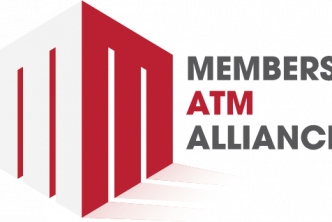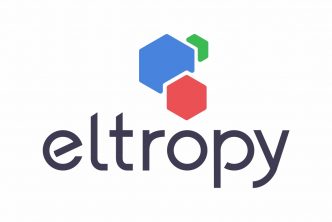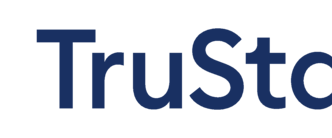By: Cheryl Lawson, Executive Vice President of Compliance Review at ADVANTAGE, powered by JMFA
Recent criticism of overdraft programs often centers on the lack of clarity in fee structures, particularly in do-it-yourself or algorithm-based overdraft solutions. Providing services that help account holders effectively manage their finances requires an approach that is both transparent and easy to understand. After all, clear communication is essential to doing business right.
What Consumers Expect from Overdraft Protection
Despite the headlines, consumers need and are willing to pay for overdraft protection services. A 2023 national survey conducted by Morning Consult on behalf of the American Bankers Association (ABA) highlights that many account holders appreciate the safety net provided by overdraft services:
- 63% percent of consumers believe it’s reasonable to be charged a fee for an overdraft.
- 88% have found overdraft protection valuable for the fourth year running.
- 77% of consumers who paid an overdraft fee in the past year were glad their payment was covered instead of being returned or declined.
These statistics underscore the importance of fully disclosed overdraft solutions that prioritize putting the consumer first. When consumers face a situation where they lack sufficient funds, a well-designed overdraft service can provide the safety net they need to maintain financial stability while ensuring your institution remains a trusted partner.
Five Key Factors for a Consumer-Centric Overdraft Program
With the right strategy, access to a reliable overdraft service can heighten your account holders’ confidence in their financial stability and strengthen their connection with your institution.
To ensure your overdraft program delivers real value, consider the following when redefining your strategy:
- Prioritize Clear Communication: Ongoing communication helps account holders stay informed about their account status and eligibility. Make sure they understand their options, including their overdraft limit, how the service works, and financial counseling or educational resources when needed.
- Make Disclosures Easy to Access: Whether digitally or in person, provide clear, concise disclosures at account opening and whenever changes occur. Account holders should always be aware of your program’s benefits and their responsibilities.
- Keep Disclosures Current: Accurate, up-to-date disclosures reflecting your policies, fees, and terms are crucial. Regularly review and revise these materials to ensure compliance and alignment with your institution’s practices.
- Evaluate Fee Structures: Overdraft fees should be fair and competitive for your market. Evaluating your fee structure is necessary to ensure it aligns with the needs of your community and remains reasonable for your account holders.
- Invest in Staff Training: Well-trained frontline staff are key to delivering the value of your overdraft program. Equip them with the tools and confidence needed to answer questions, explain program details, and engage with account holders more effectively.
Strengthening Relationships and Minimizing Risk
A transparent, well-disclosed overdraft program does more than minimize regulatory risk—it fosters better relationships with your account holders by building trust and confidence in your institution. By providing clear, accessible information about your overdraft services, you will avoid reputational damage associated with unfair overdraft practices.
Looking ahead, a robust communication strategy paired with a consumer-first overdraft program will ensure you meet regulatory expectations while delivering the financial support your account holders truly value.
For more on this topic, check out the webinar “A Consumer-First Approach to Overdrafts.”
For more information, click here or contact a LEVERAGE Business Development Consultant at consult@myleverage.com or 855-9EXPERT (855-939-7378).






